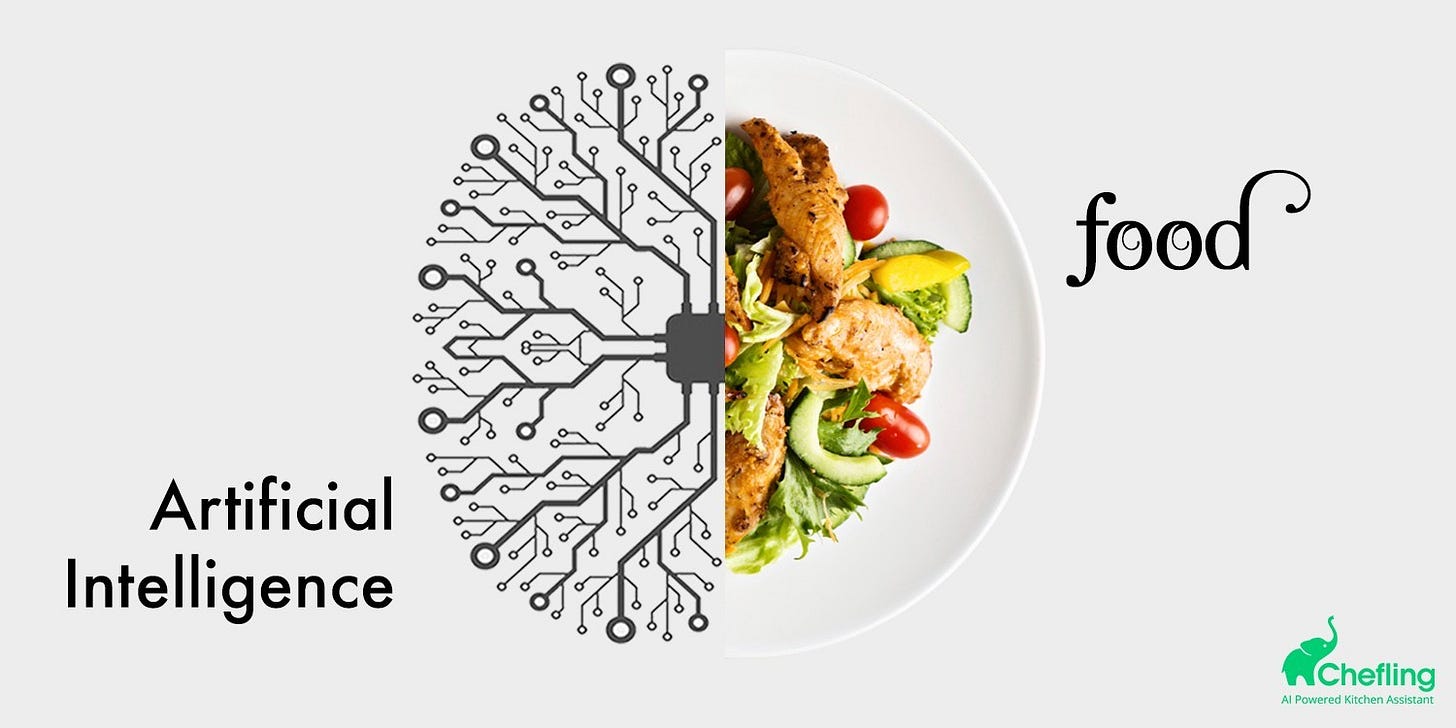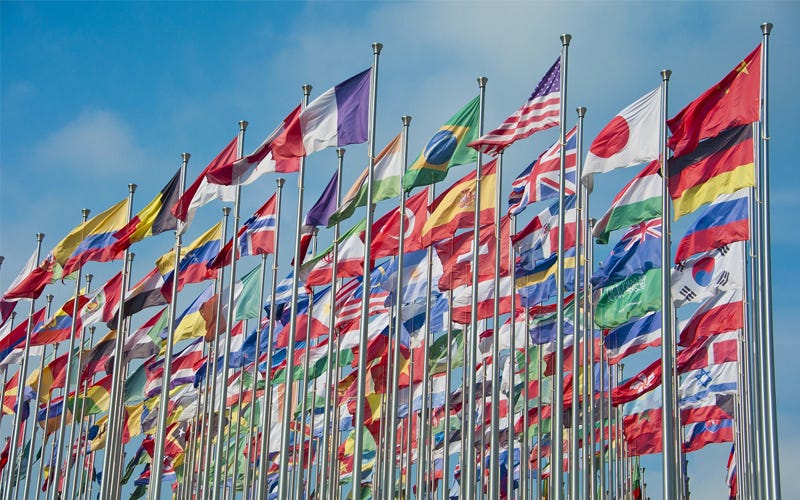Exploring the Potential of A.I. in Addressing Global Challenges and Opportunities
From Food Insecurity to Financial Systems, Can AI Offer Solutions?
As our world becomes increasingly interconnected, international challenges such as food security and currency fluctuations require creative solutions. One potential solution lies in the realm of artificial intelligence (AI). With its ability to process vast amounts of data and identify patterns, AI has the potential to revolutionize the way we approach global issues.
For example, AI could help improve food security by analyzing climate and soil data to predict crop yields and identify areas at risk of famine. It could also aid in the standardization and valuation of food as a potential currency, helping to ensure a stable and reliable system for trading between nations.
Additionally, AI could play a key role in addressing currency fluctuations by monitoring global economic indicators and identifying potential crises before they occur. This could help countries prepare and take preemptive measures to prevent financial collapse.
Of course, there are challenges to implementing AI on an international scale, such as data privacy concerns and the need for international cooperation and standardization. However, the potential benefits are vast, and it is clear that AI has a role to play in solving international challenges. As we continue to explore and develop the potential of AI, the possibilities for a more sustainable and equitable global future are endless.
Food is a crucial commodity for all countries, particularly in Latin America, where agriculture is a significant contributor to the economy. The impact of using food as a commodity will depend on several factors, including supply and demand, trade policies, and weather conditions.
If the demand for food increases, the price of food will also increase, which can have positive effects on Latin American economies that produce food commodities. Countries that have a comparative advantage in producing certain types of food, such as coffee, soybeans, and corn, can increase their exports and generate more revenue.
However, if food prices rise too rapidly, it can lead to food insecurity and higher prices for consumers, particularly those in poverty. Additionally, countries that rely heavily on food imports may suffer from price increases and struggle to afford essential food items.
Trade policies can also impact the use of food as a commodity. For example, tariffs and trade barriers can limit the export or import of food, affecting the supply and demand of food commodities. Weather conditions, such as droughts or floods, can also impact the availability of food and affect prices.
Overall, the impact of using food as a commodity on Latin American economies will depend on various factors. While the production and export of food can contribute positively to the economy, it is crucial to ensure that food remains affordable and accessible to all members of society.
In our last article, we mention how The President of Mexico, Andres Manuel Lopez Obrador, has called for a meeting of 11 countries to collaborate on issues such as inflation and food security. The alliance seeks to establish a treaty that allows the countries to generate proposals, which will be evaluated and used for multilateral collaboration to implement solutions that strengthen Latin American countries against the obstacles presented by the Ukraine War and the constant issuance of currency by the US Federal Reserve, which has generated the highest inflation in decades in response to the COVID-19 pandemic.
Here is the link to the article:
Several countries, including Argentina, Belize, Bolivia, Chile, and Cuba, have proposed initiatives to address the issue of inflation and food security.
Imagine a world where food is used as a currency to buy goods and services between countries. While this may sound like a novel idea, it would come with a host of challenges and potential problems. Minister Umaña of Costa Rica has proposed creating new payment systems, such as the Latin American Monetary Union, to reduce the reliance on the US dollar as the dominant global currency. This would allow countries in the region to increase their economic independence and reduce their vulnerability to external economic shocks.
But what about the idea of using food as a currency during the transition to the new payment system? While it may seem like a good idea at first, using food as a currency could lead to significant challenges and drawbacks. The value of food can fluctuate rapidly due to factors such as weather conditions, disease outbreaks, and market demand, making it difficult to maintain a stable currency. Additionally, using food as a currency could exacerbate food insecurity in regions that rely on food exports, and could create a black market for food. While food may have some benefits as a commodity for trade, using it as a currency would likely have significant drawbacks and challenges that need to be carefully considered.
Here are some potential solutions offered by A.I. to overcome these challenges:
Firstly, there must be a reliable system in place for storing and distributing food. Investing in infrastructure is crucial to ensure proper storage and transportation.
Secondly, a standardized system for measuring and valuing different types of food would need to be established. This would ensure that food could be easily exchanged and valued between different parties.
Thirdly, food as a currency could potentially lead to overproduction and waste if not managed sustainably. Therefore, sustainable agricultural practices and responsible consumption would need to be prioritized.
Fourthly, the use of food as a currency could make food supplies vulnerable to theft or hoarding. Therefore, security measures would need to be put in place to ensure that food is protected and distributed fairly.
Lastly, using food as a currency would require international cooperation and standardization. The creation of a new international financial system, such as the Latin American Monetary Union proposed in the article, could be one way to address these challenges. With these solutions in place, using food as a currency could be a promising approach to facilitate trade between nations.







